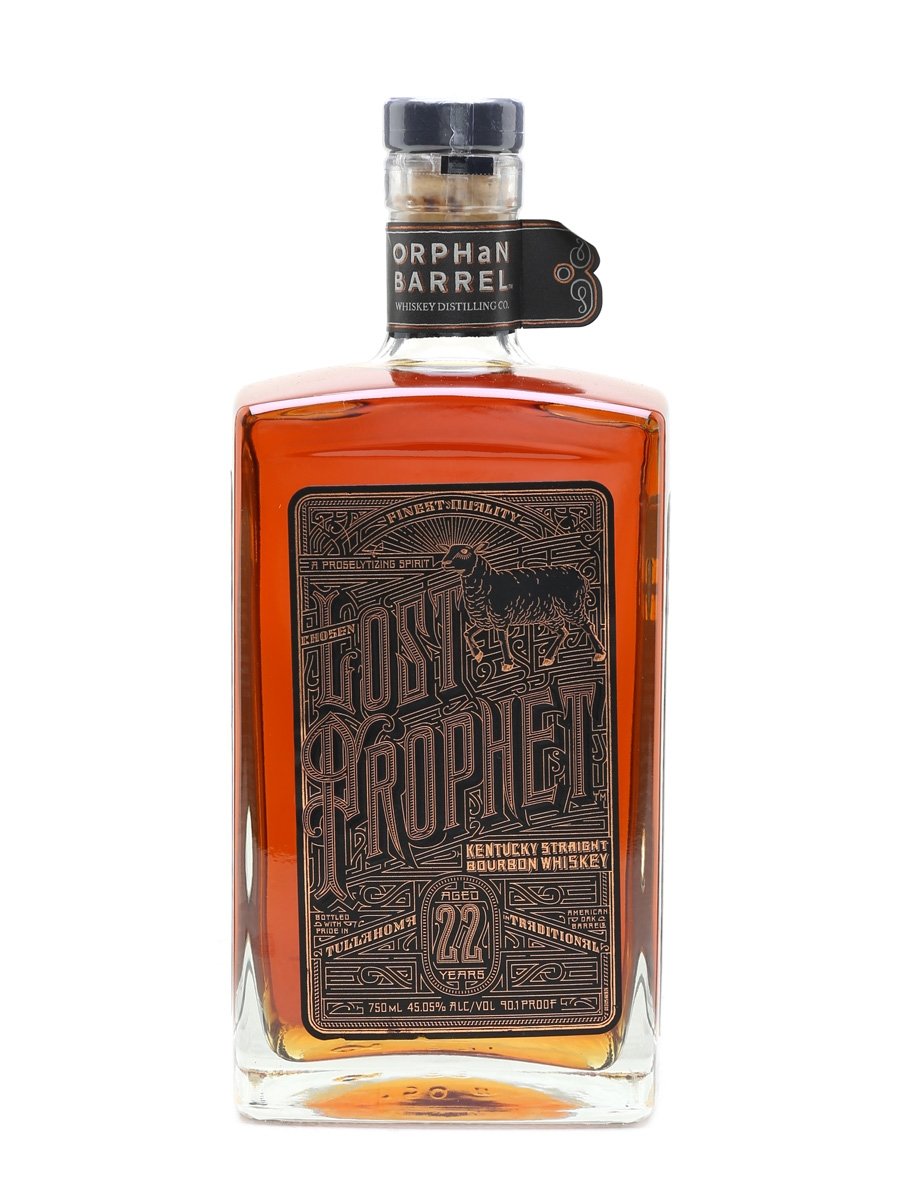

Which is all to say, it’s hard to know what’s a reasonable MSRP, when it comes to a very well-aged single grain whisky from a distillery that few know very well at this point. It was bottled at 45% ABV (90 proof), and carries an MSRP of $225-almost half of what Forager’s Keep cost, but still a very high price tag for single grain whisky in particular. The label sports a proud pig, a reference to the whisky’s namesake, a pig named Muckety-Muck who lived at the distillery and reportedly won countless medals in livestock judging competitions. Muckety-Muck hails from the defunct, “ghost distillery” Port Dundas outside of Glasgow, Scotland-established in 1810, it closed its doors for good in 2010.
ORPHAN BARRELL SERIES
Such is the case with the newest Orphan Barrel release from Diageo, a 24-year-old single grain whisky called Muckety-Muck-the second scotch release in the Orphan Barrel series in a row, after 2019’s Forager’s Keep from Pittyvaich, which I really enjoyed despite the sky-high price tag. Rarely, though, does one possess a ton of information about, say, what kind of mashbill makes up a single grain whisky. In recent years, however, “single grain whisky” has begun to emerge as a more viable style, with older releases of single grain stock from well-regarded distilleries.

Like single malt whiskies, single grain whiskies must also be aged a minimum of three years in some form of oak to qualify as scotch.įor decades, grain whiskies were rarely bottled on their own-they were produced in vast quantities, but the purpose for their existence was to form the lighter backbone of major blended scotches such as Johnnie Walker, Dewar’s or Famous Grouse, which would then be mixed with relatively smaller amounts of malt whisky for flavor. Like single malt scotches, they tend to be aged in reused barrels, meaning that a Scottish “single grain” whisky could actually have a mash bill that is more or less similar to American bourbon if corn makes up the majority of that mashbill-but it won’t really taste like bourbon, due to being aged in used rather than newly charred oak. The “grain” part, on the other hand, is more complex-whereas a “malt” whisky will be made exclusively with malted barley, “grain” whisky can be made with pretty much anything else-corn, wheat, rye and more. As in the more familiar term, the word “single” in this label simply means they’re the product of a single distillery, rather than a blend of distillates from multiple distilleries. “Single grain” whiskies are like the long-lost brother of single malt whiskies. And it’s always harder to judge something you’re drinking if you don’t fully understand the makeup of what it is you’re drinking. Whereas well-aged malts are an easily understood commodity for whiskey/whisky geeks, expensive single grain whiskies, though increasingly frequent, are harder to wrap one’s head around because of the sheer lack of information you truly possess about their make and manufacture. I never know quite what to make of the idea of ultra-premium “single grain” scotch whisky.


 0 kommentar(er)
0 kommentar(er)
